Research
Search our website
Search our website by entering a keyword or choose a database above to search specifically.
Search
Showing search results 8,441 - 8,450
14,717 results found

Weg naar As 1-3, Maaseik, Belgium

Westernieuwweg Noord 3, Zuienkerke, Belgium

Westaarde 2, Deinze, Belgium

Wervikstraat 400, Menen, Belgium

Weitstraat 6, Maarkedal, Belgium

Weimersedreef 12, Prinsenbeek, Netherlands

Weitstraat 37, Maarkedal, Belgium

Werkhovensestraat 1, Hoogstraten, Belgium

Wellingstraat 123, Beernem, Belgium

Weertsedreef 13, Oud-Heverlee, Belgium








